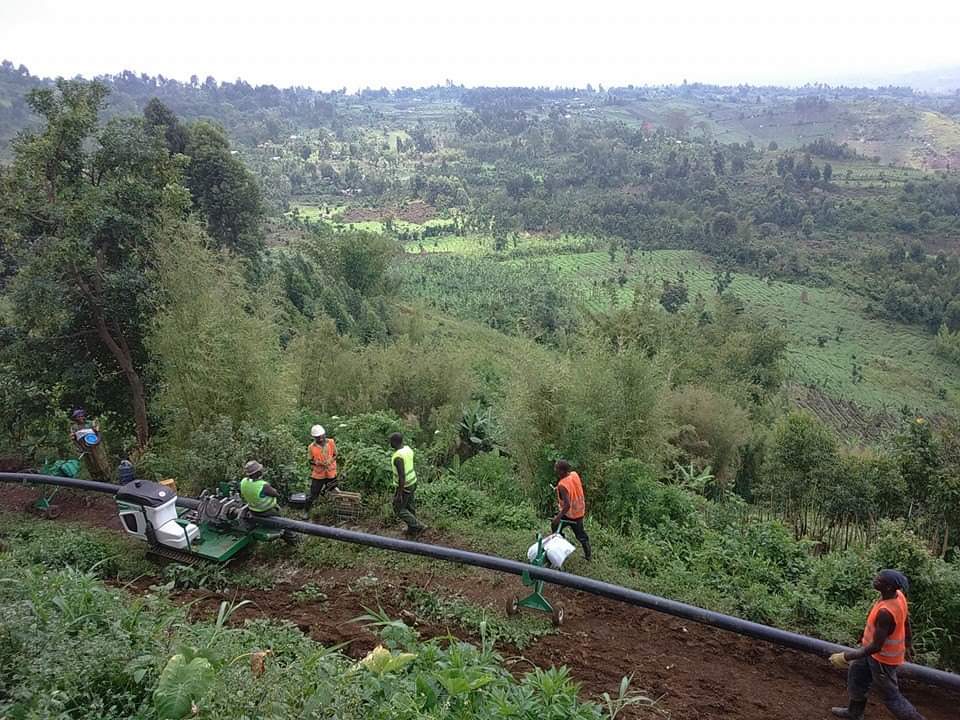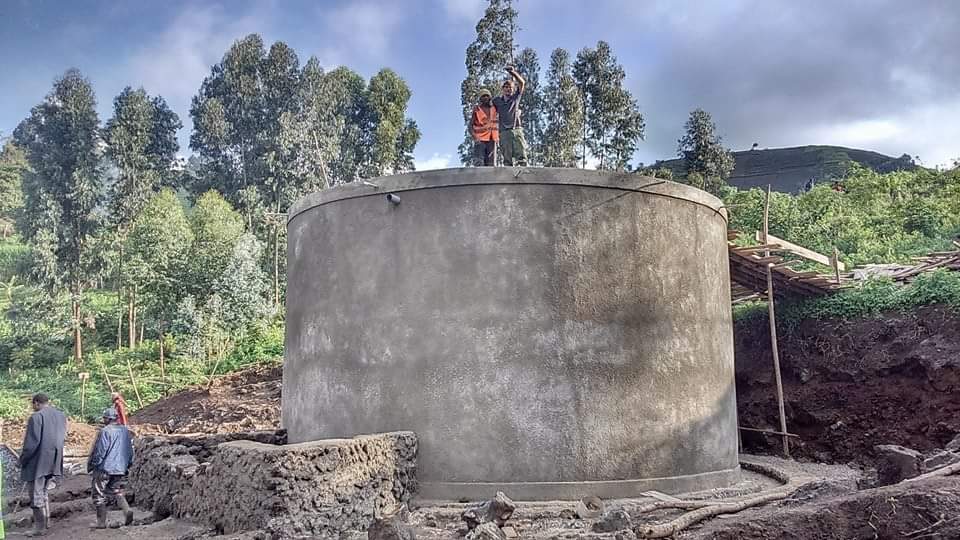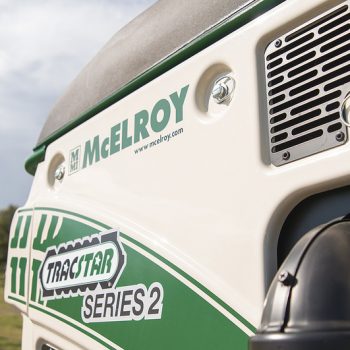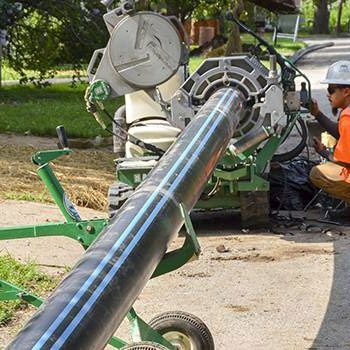Over the course of 45 days in 2015, a fusion team installed drinking water lines for seven villages in the Democratic Republic of Congo (DRC).

The site was the Virunga National Park which spans more than 3,000 square miles in Africa’s most biodiverse protected area and home to over one thousand species of mammals, birds, reptiles, and amphibians as well as one-third of the world’s endangered mountain gorillas. Virunga has become known as the park of fire and ice for its diverse habitats, ranging from the Rwenzori peaks to savanna and volcanic plains. Virunga is also a UNESCO world heritage site; however it is constantly threatened by war, poaching, and illegal activities, as well as unpreventable natural disasters.
HDPE Fusion Welder Jared Hall led the 2015 project, which saw 25 kilometers of six-inch HDPE installed around the Virunga National Park.
The water line, connected to three springs from nearby mountains, was fused using a TracStar® 618 and a TracStar 412. “Before we installed the pipeline, people in the surrounding areas had to walk six kilometers to get water,” Hall said.
The difficulties surrounding this job had nothing to do with the pipe or the fusion process. Instead it was with the natural and political forces.

The fusion technicians and machinery were protected by two armed parked rangers. While there is no official conflict taking place in the DRC, attacks by various armed groups are still a tragic occurrence.
“Hearing the sounds of shots ringing in the distance didn’t deter us,” Hall said, adding that the fusion operators were able to make 22 welds per day – an impressive feat considering the clay-like soil that made the machines “slide like elephants on icy slopes.”
“We almost lost our machines down hills where the paths were extremely narrow,” Hall said.
In addition to the humans in the surrounding villages, silverback gorillas call the Virunga National Park home. It’s most famous, in fact, for being the location where “Gorillas in the Mist” was filmed, and its remoteness made the work that much harder for Hall and the rest of the fusion team.
And the active volcano located inside the park didn’t do the fusion operators any favors.
“Ours were the only machines in the bush,” he said. “We were fusing pipe along an old hiking trail, and the pipe was then raised into the air so that it wouldn’t be destroyed by lava.”
Mount Nyiragongo is a 3,470-meter (11,385-foot) volcano that lies just west of the Rwandan border. Since 1882, the volcano has erupted at least 34 times, including many periods where the volcano was active for years at a time. Its lava tends to have the consistency of water, Hall said, and can travel at speeds up to 104 km (65 miles) an hour.
In 2021, Mount Nyiragongo erupted, forcing thousands of nearby residents to evacuate. The pipeline, however, remained undamaged.
“By the grace of God, that natural spring water is still flowing for everyone in the area,” Hall said.
For Hall, the Virunga waterline will always be his number one fusion job.
“It was a real honor to be part of the project,” he said. “While we were in the bush, we were greeted by a DRC soldier who wanted to shake our hands and thank us for what we came to do. It will always be my number one project because of the impact we made, and we are grateful for the McElroy machinery that made it possible to fuse in the roughest conditions. Those machines were put to the test, and they passed with flying colors.”

